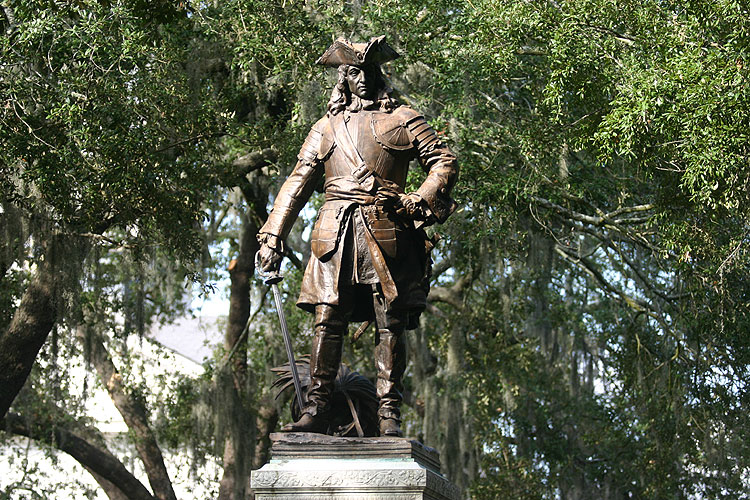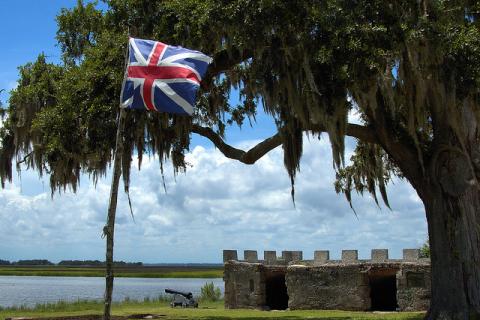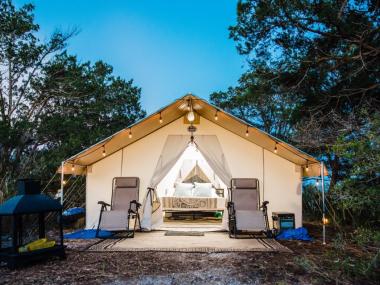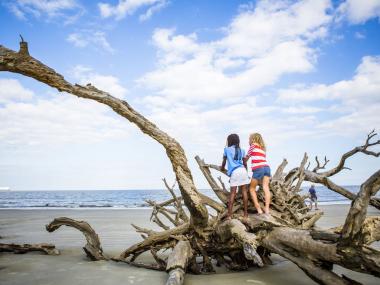Georgia's State Capitals (1733- 1777)
Everyone is familiar with Atlanta as Georgia’s state capital, but did you know it is the 17th location of the capital? While some cities have had the honor as many as four times, other locations were temporary and some cities no longer exist.
Before Georgia was a state, it was a territory and its governing matters were settled by England’s King George II. But even before that, in the mid-1700s, various Indian tribes made agreements with James Oglethorpe, the British general, member of Parliament, philanthropist and founder of the colony of Georgia.
Oglethorpe signed a treaty with the Yamacraw chief in 1733 that ceded Creek lands from the Savannah to the Altamaha rivers, inland from the coast as far as the tide flowed, to the king and his trustees in England. The trustees were to be given control over Georgia for 21 years, after which Georgia would become the responsibility of the British crown.
As Spanish forces built their presence at St. Augustine, Oglethorpe worried for the fate of the colony, causing him to sail to England to seek military reinforcements. In 1736 he returned to Georgia with civilians and military personnel and established Fort Frederica on St. Simons Island. Because of the presence of Oglethorpe and the colonists, historians commonly refer to Frederica as Georgia’s first capital city, albeit informally.

One year after Oglethorpe returned to Georgia, the trustees designated William Stephens, who resided in Savannah, as secretary of the colony of Georgia. That made Savannah the seat of government for the colony (though not technically a capital).
Oglethorpe’s stay at Frederica lasted until 1743 when he returned to England, and confusion over the capital of Georgia ended when Stephens was declared “president” of Georgia. For the next 11 years, however, Georgia still wouldn’t have a formal capital city. In 1754 as the Georgia territory moved from trustee-driven to a full colony, the Board of Trade designated Savannah as Georgia’s capital city, calling it the “seat of government” and established it as the home of the Royal Governor, legislative assembly and courts.
In 1776, Button Gwinnett, Lyman Hall and George Walton signed the Declaration of Independence, and Georgia became a state in the United States with Savannah as its capital (though it was an informal designation).
During the Revolutionary War, in late 1778, Savannah fell to British forces, and members of Georgia’s government fled to Augusta, ending Savannah’s run as the capital of Georgia, at least for a few years.
Visit History:
Fort Frederica National Monument– Located on St. Simon’s Island, Oglethorpe’s settlement is a 90-minute drive from downtown Savannah. Part of the National Park Service, the land now contains remnants of Oglethorpe’s time there, including the fort, barracks, magazine and houses, as well as plenty of space for children to let off some steam. To extend your trip, visit Christ Episcopal Church just down the road from Fort Frederica, which has gorgeous grounds and a historic cemetery.




